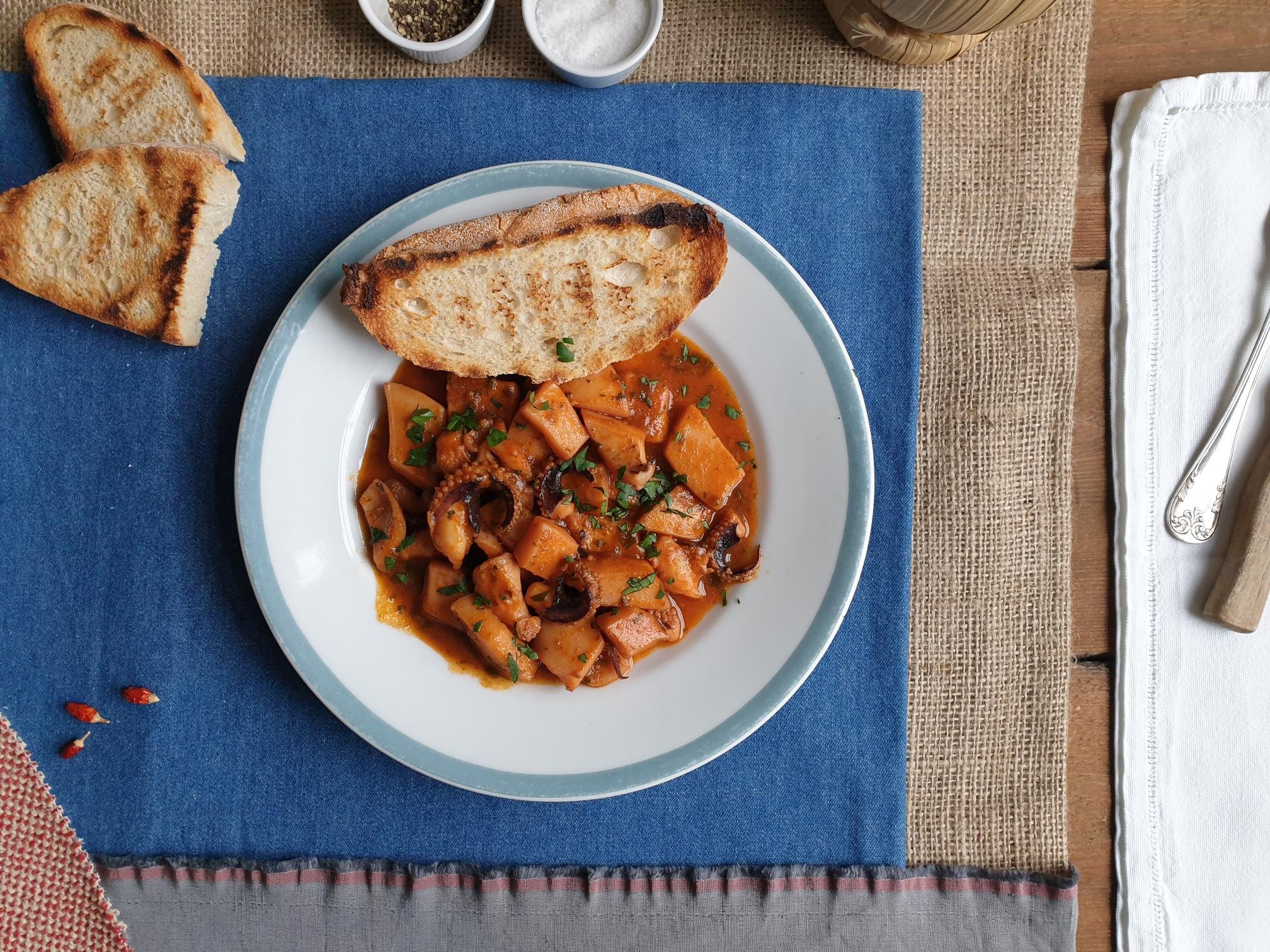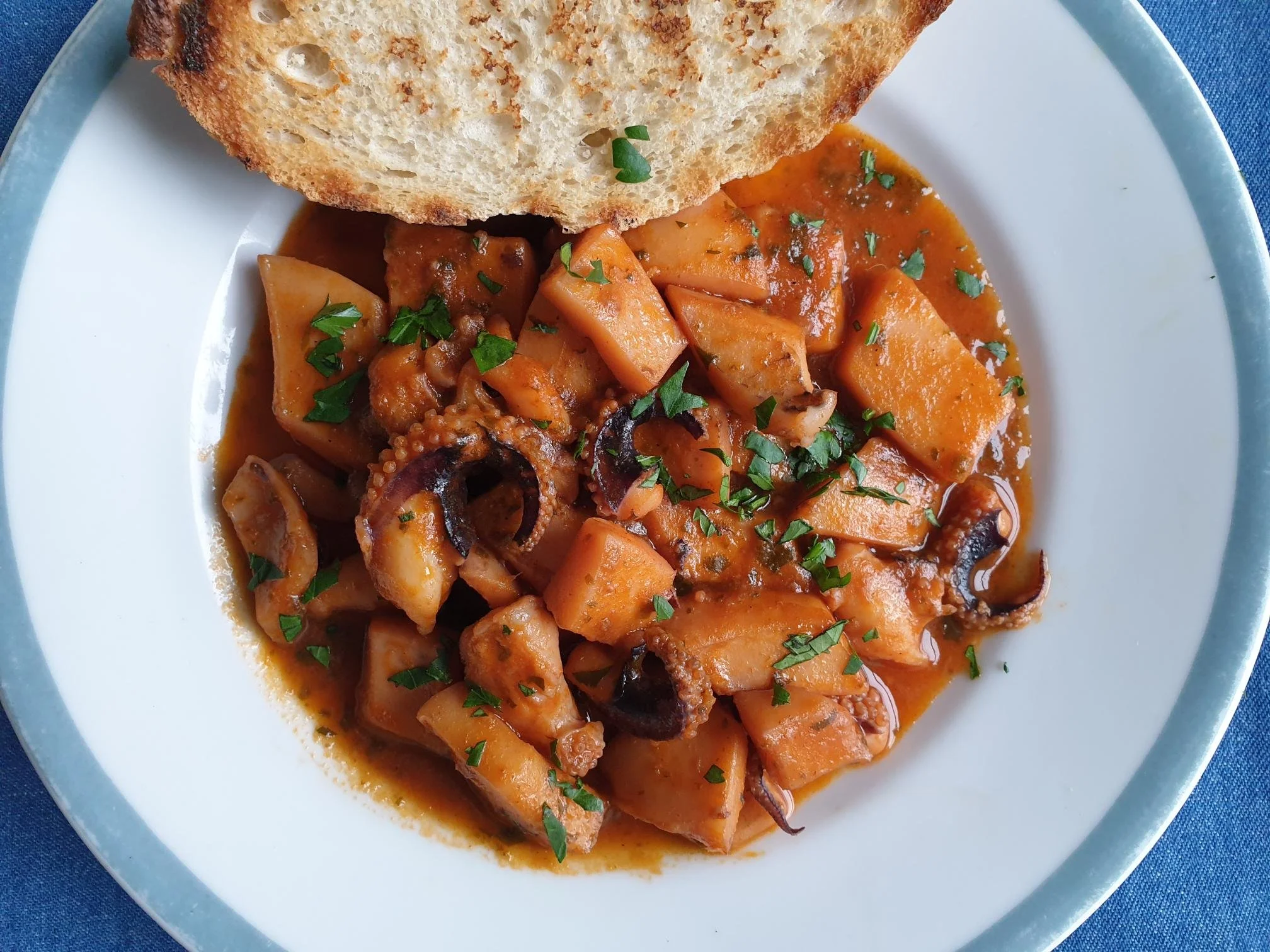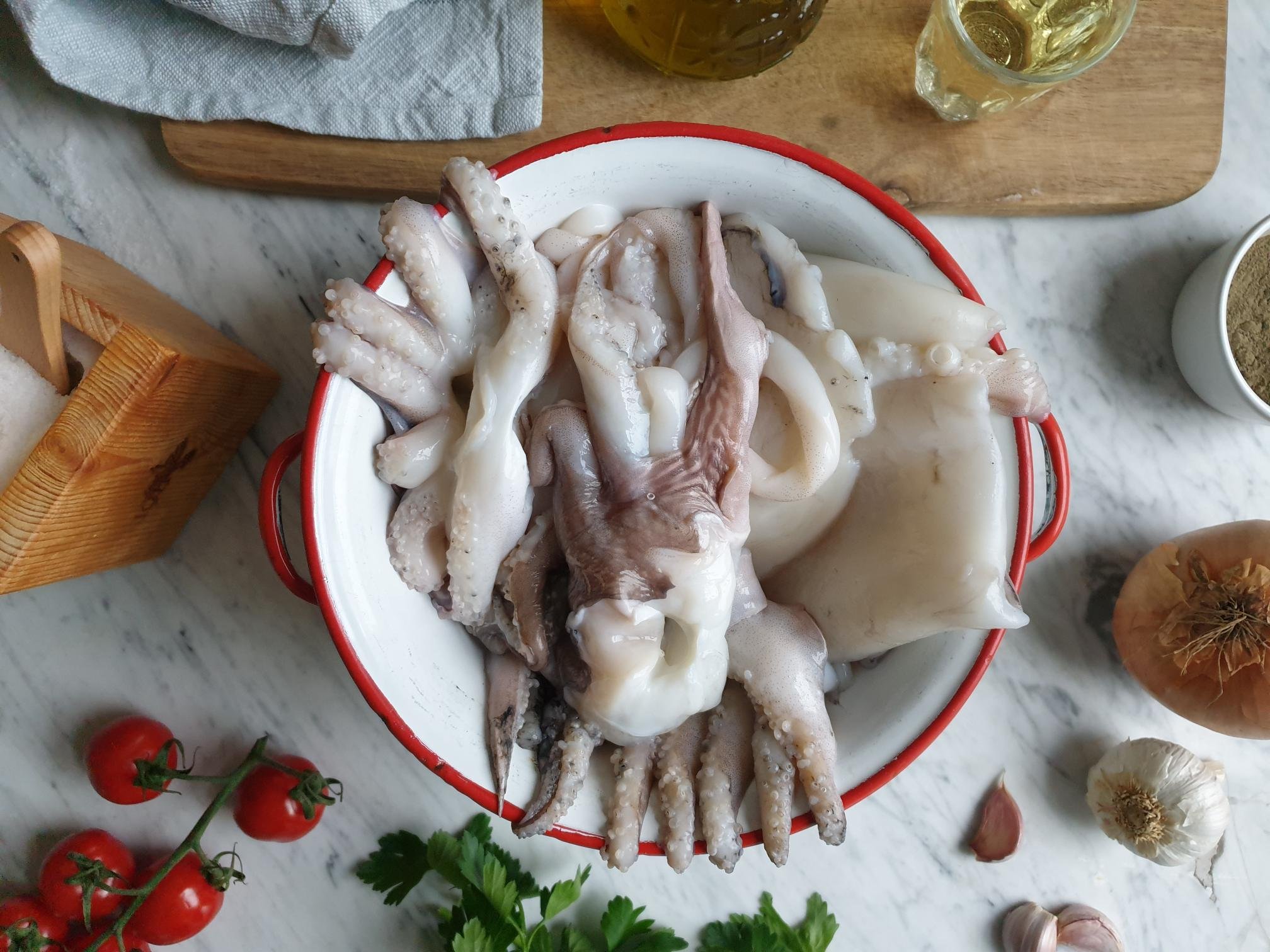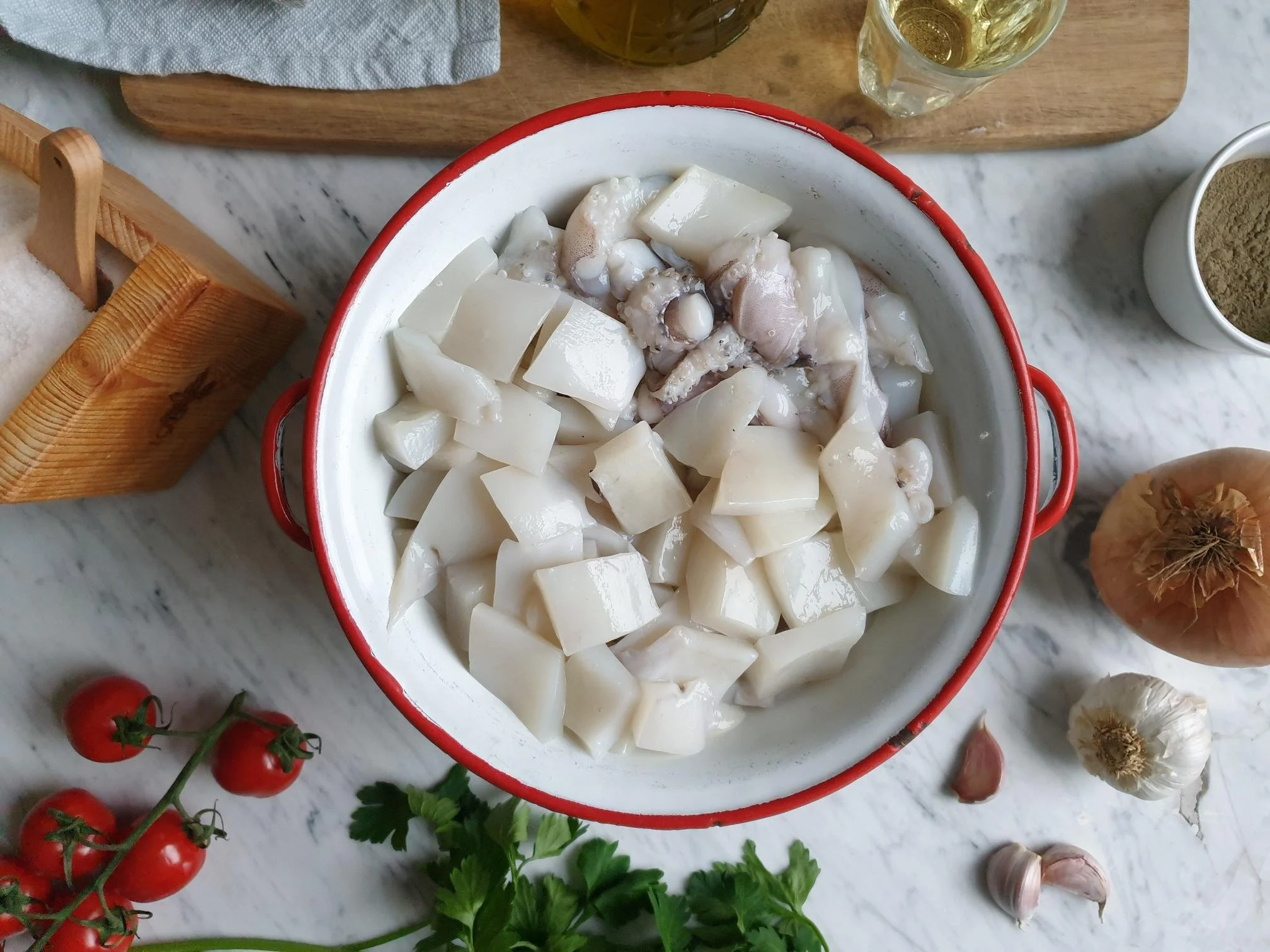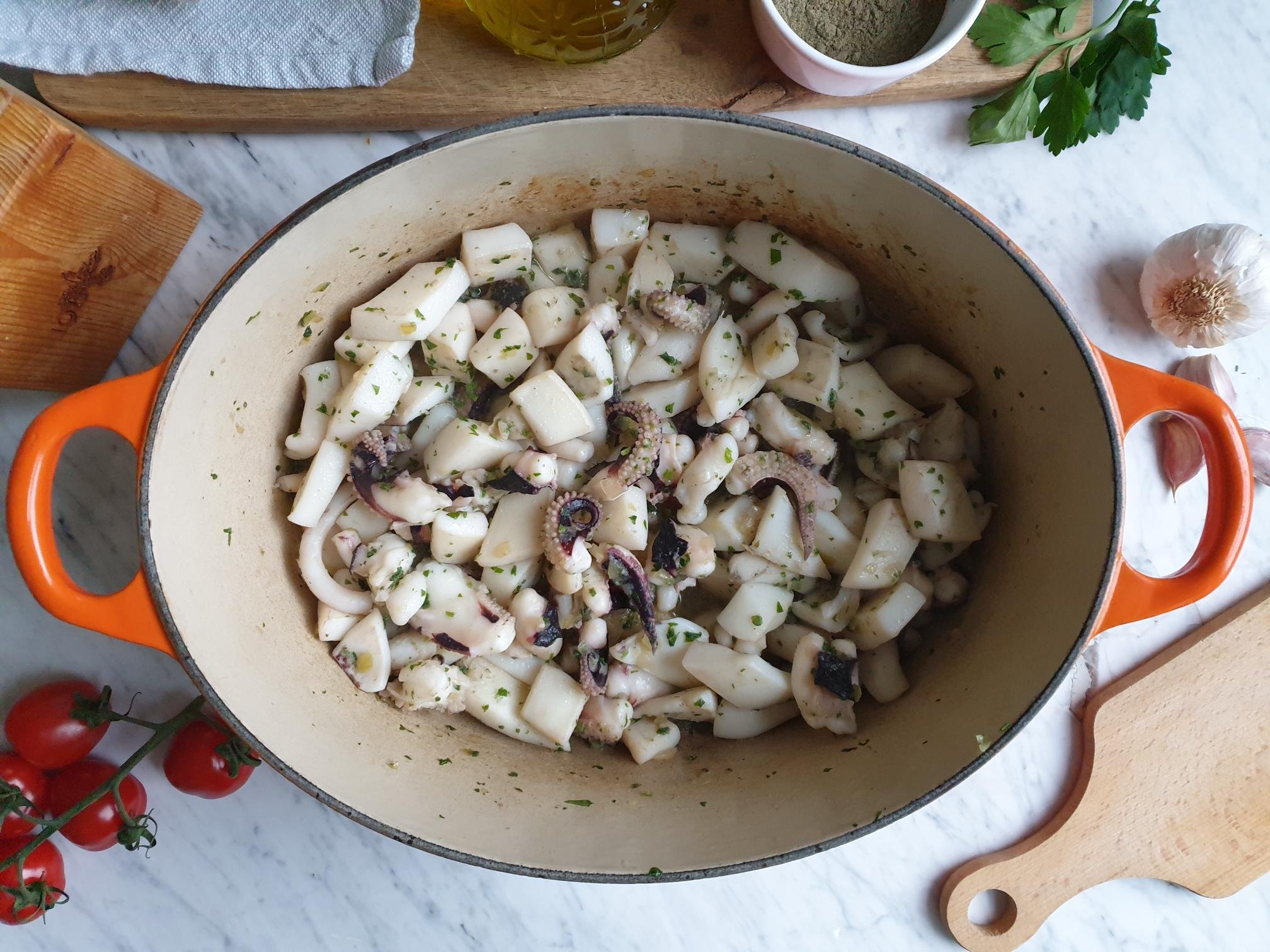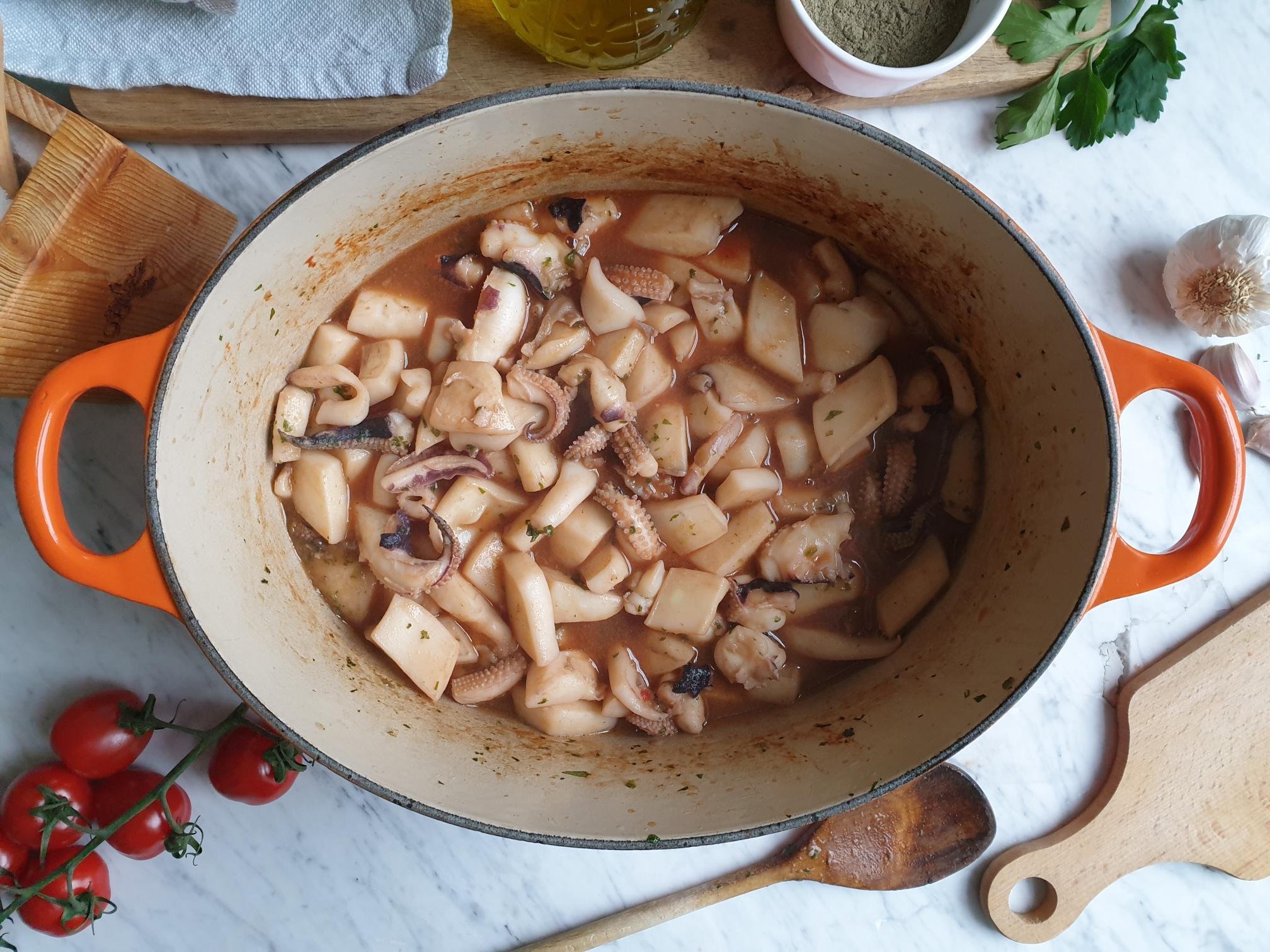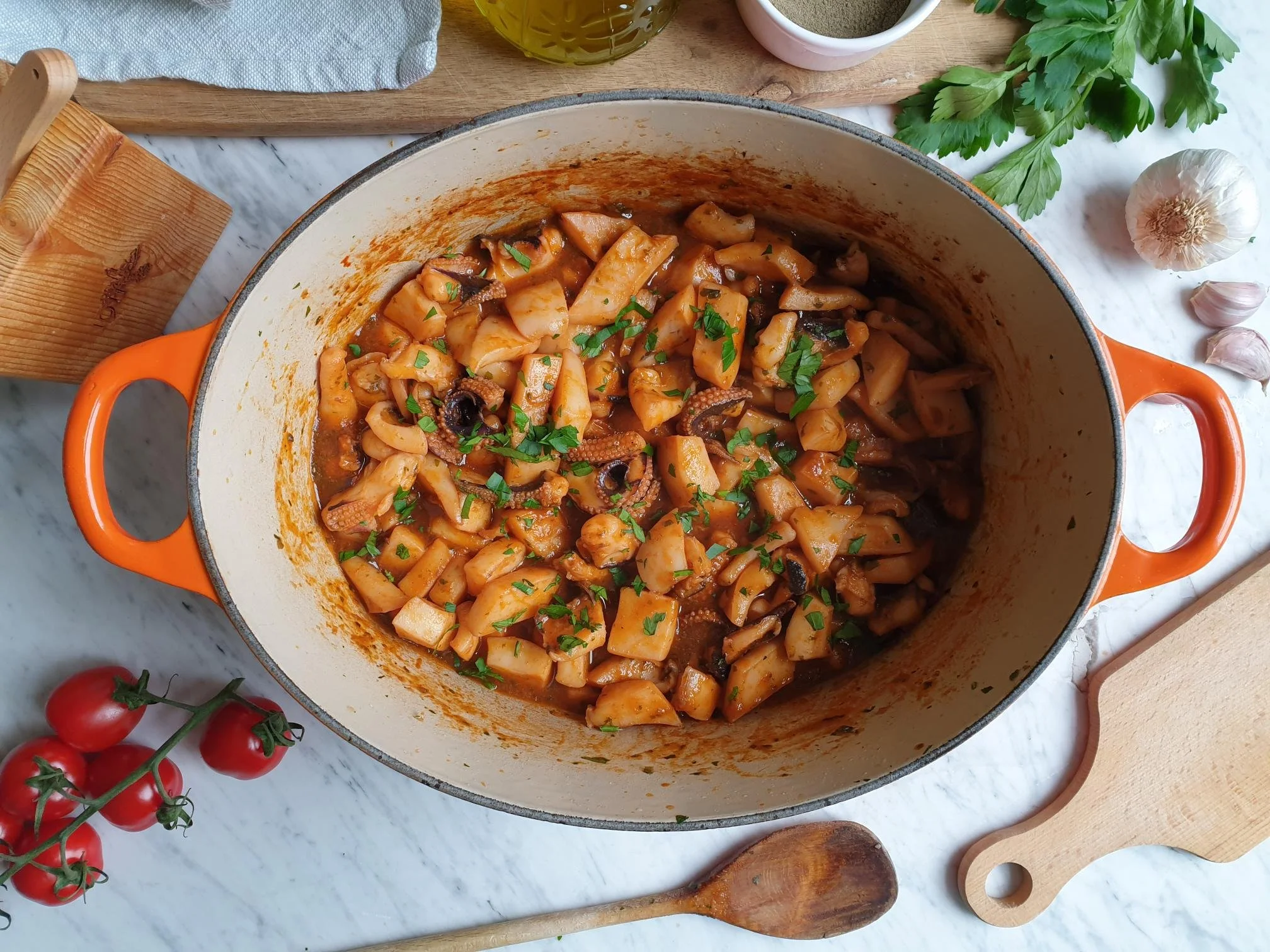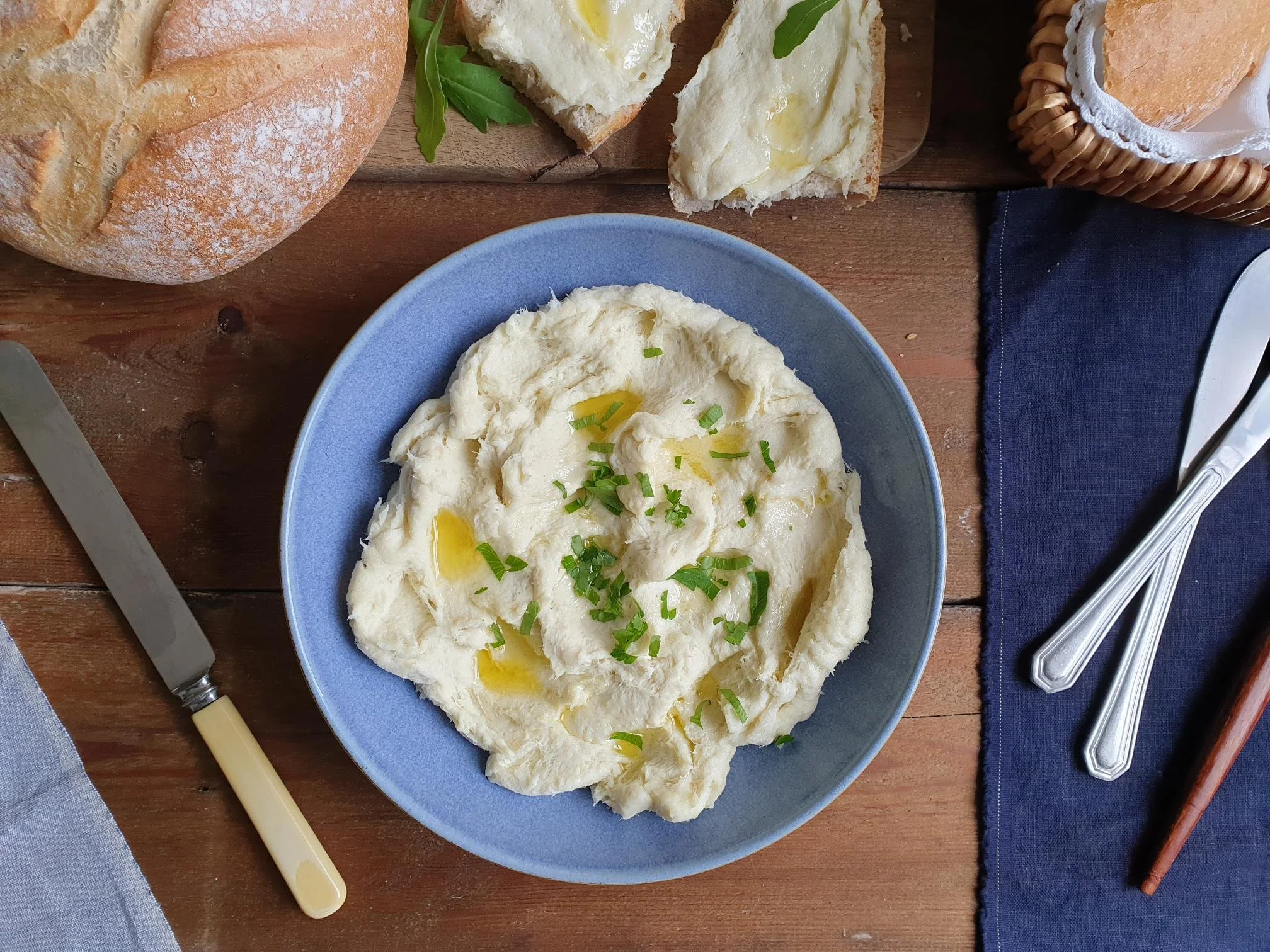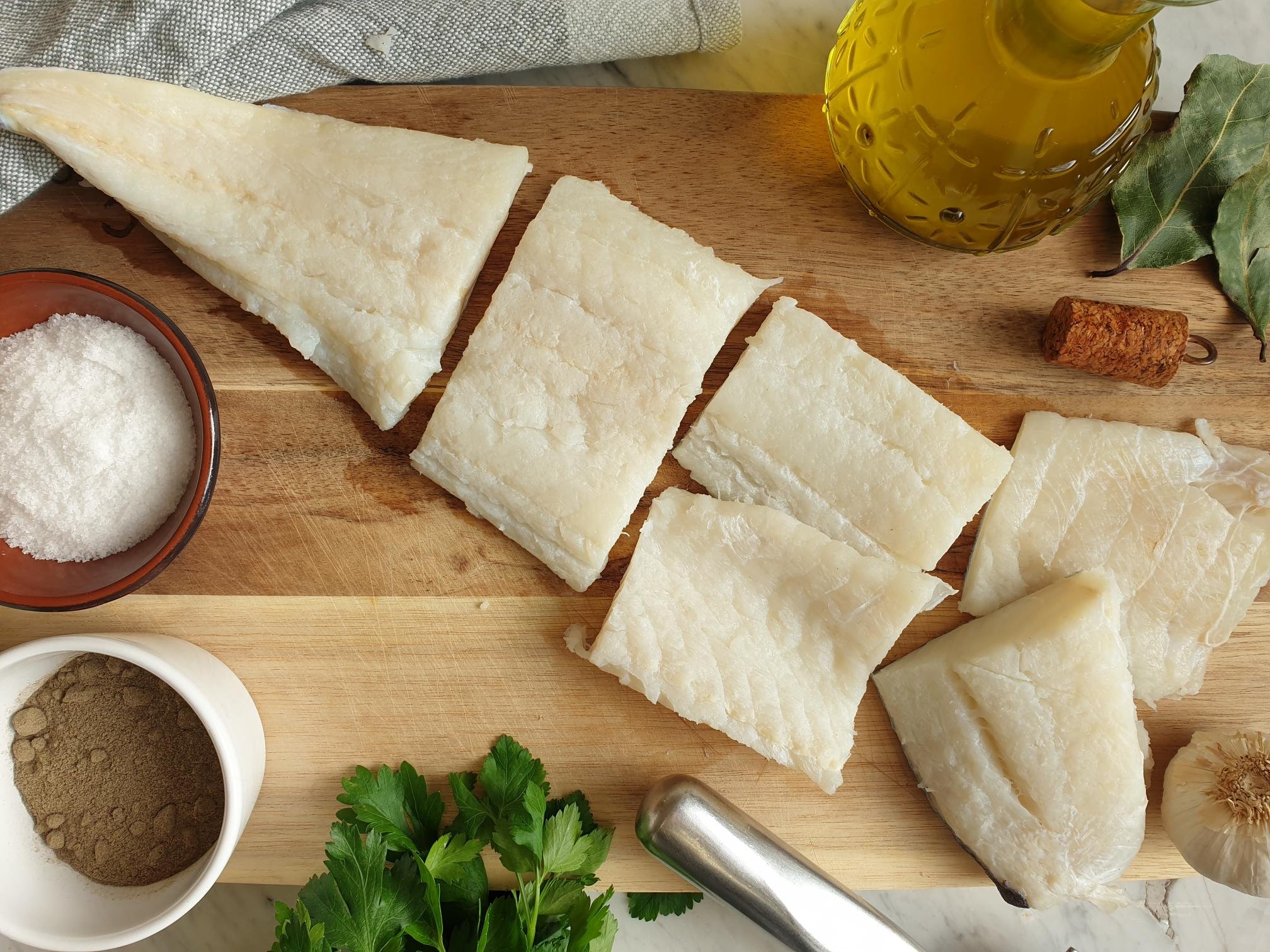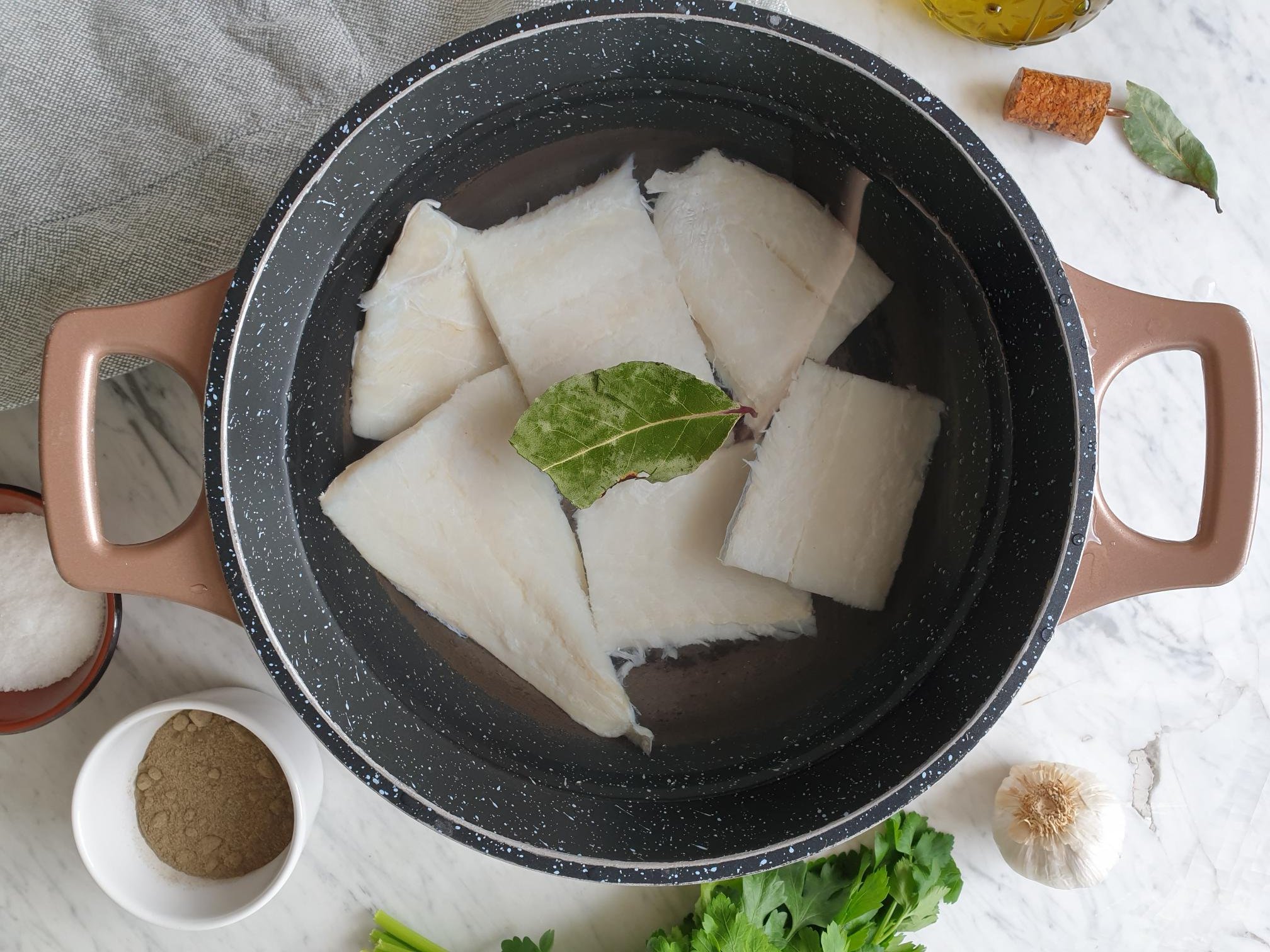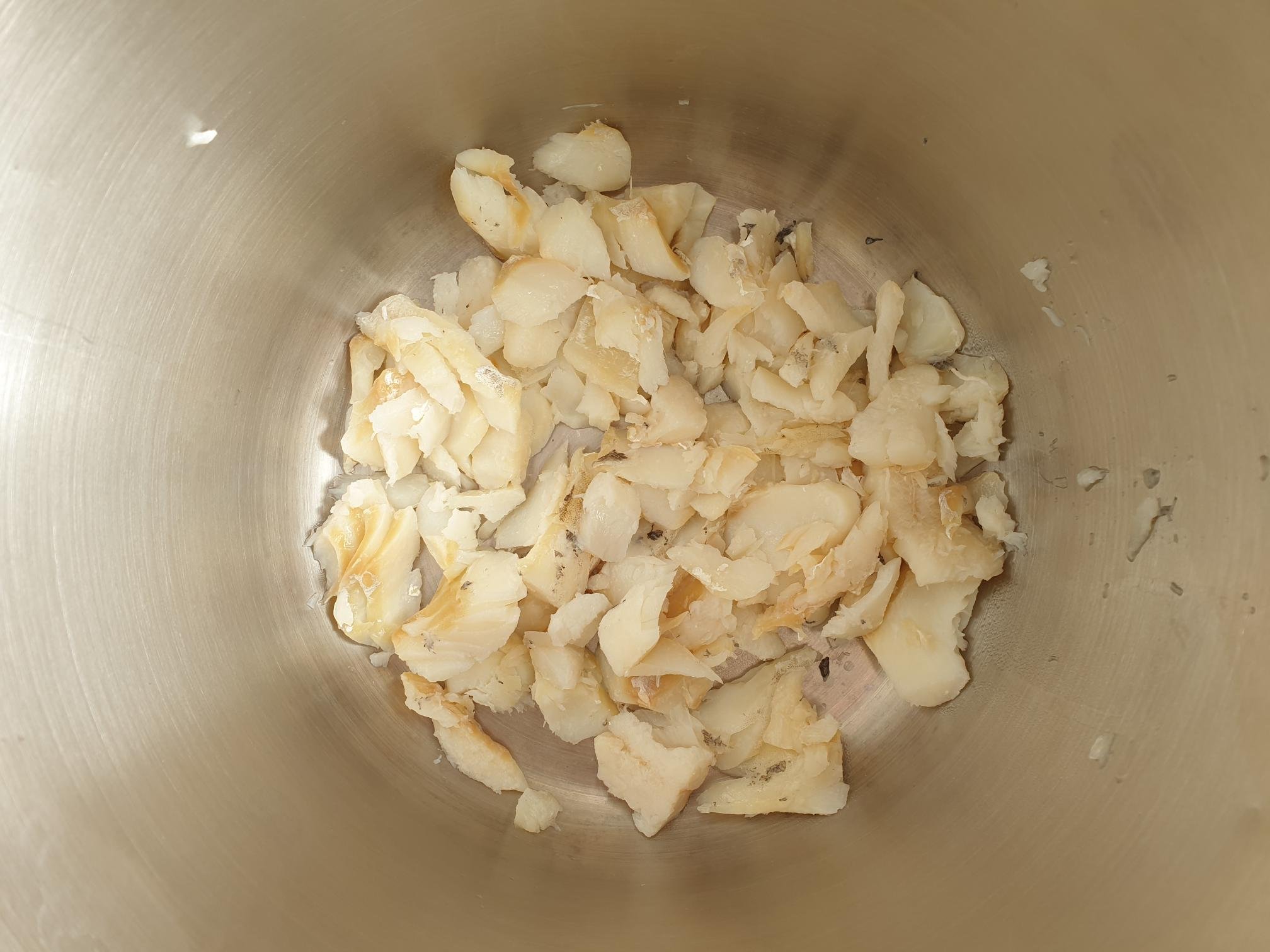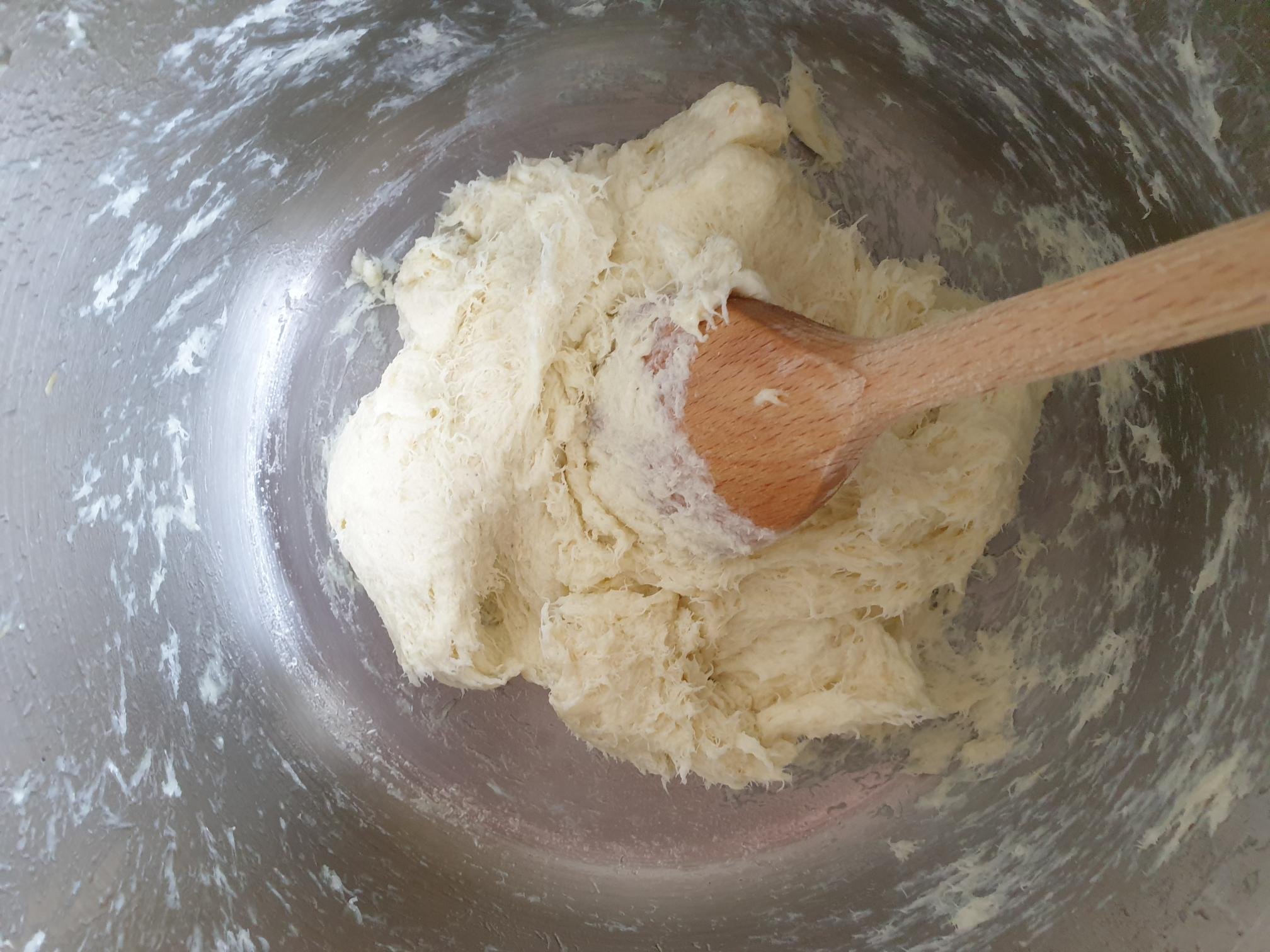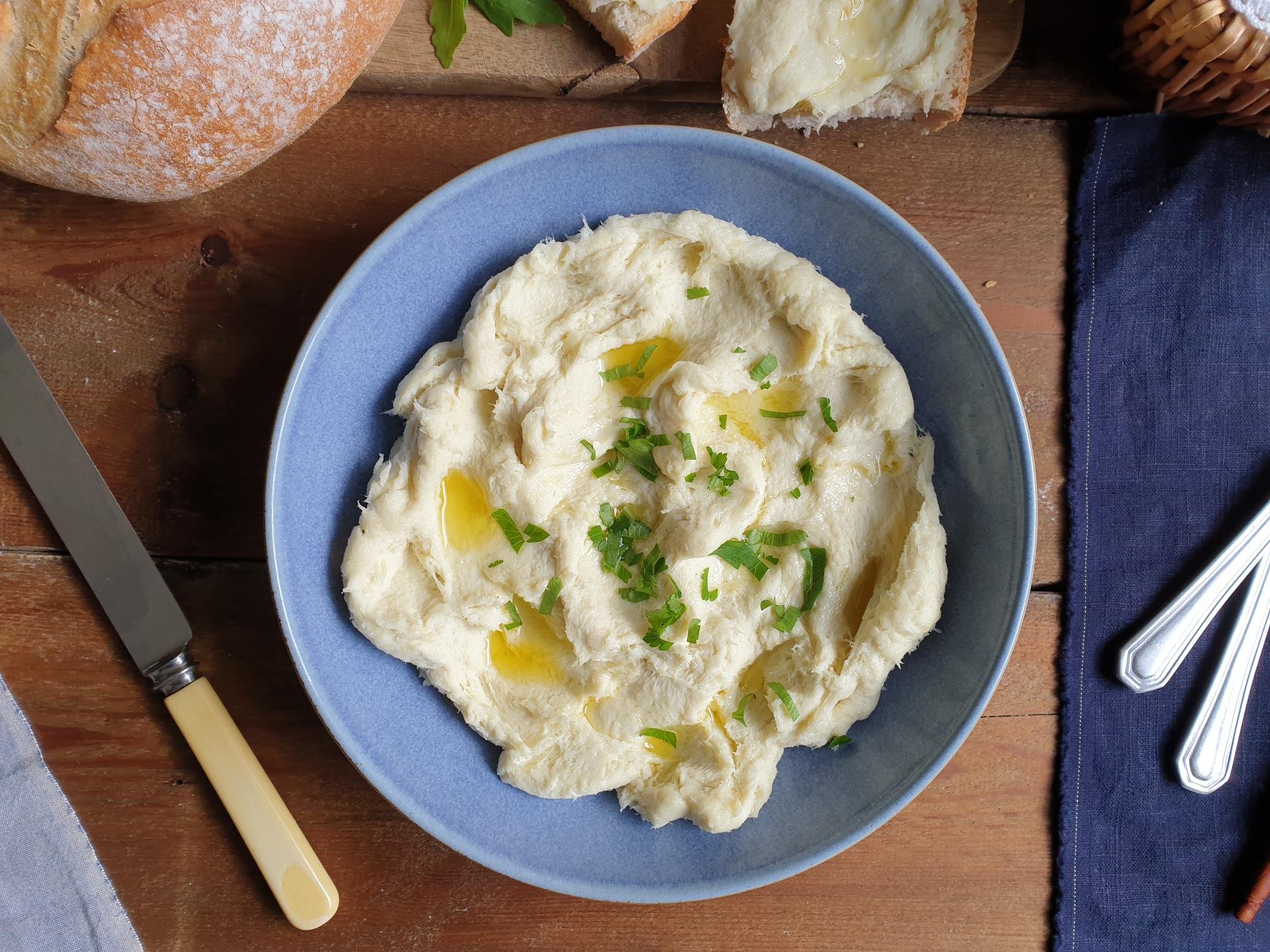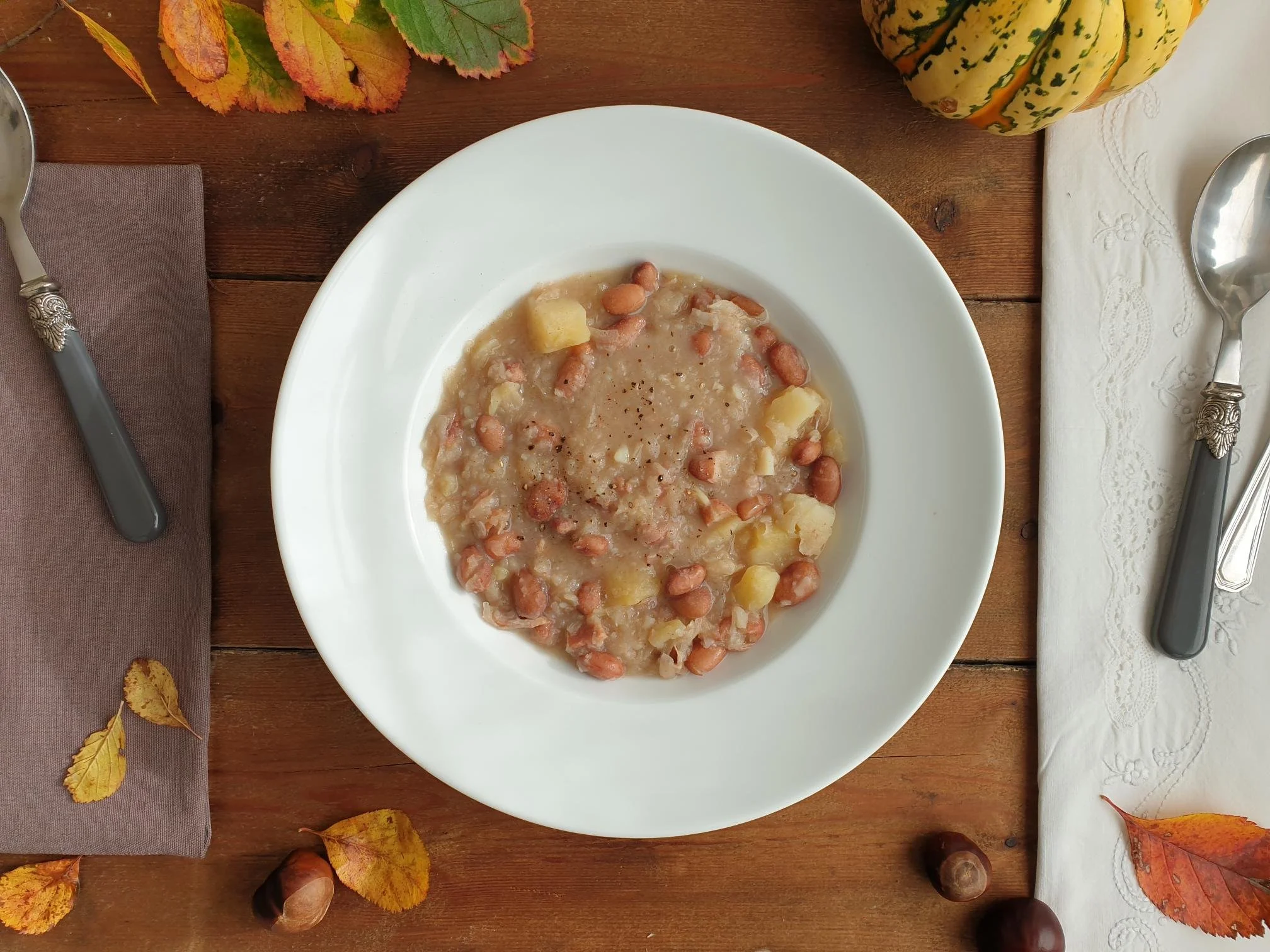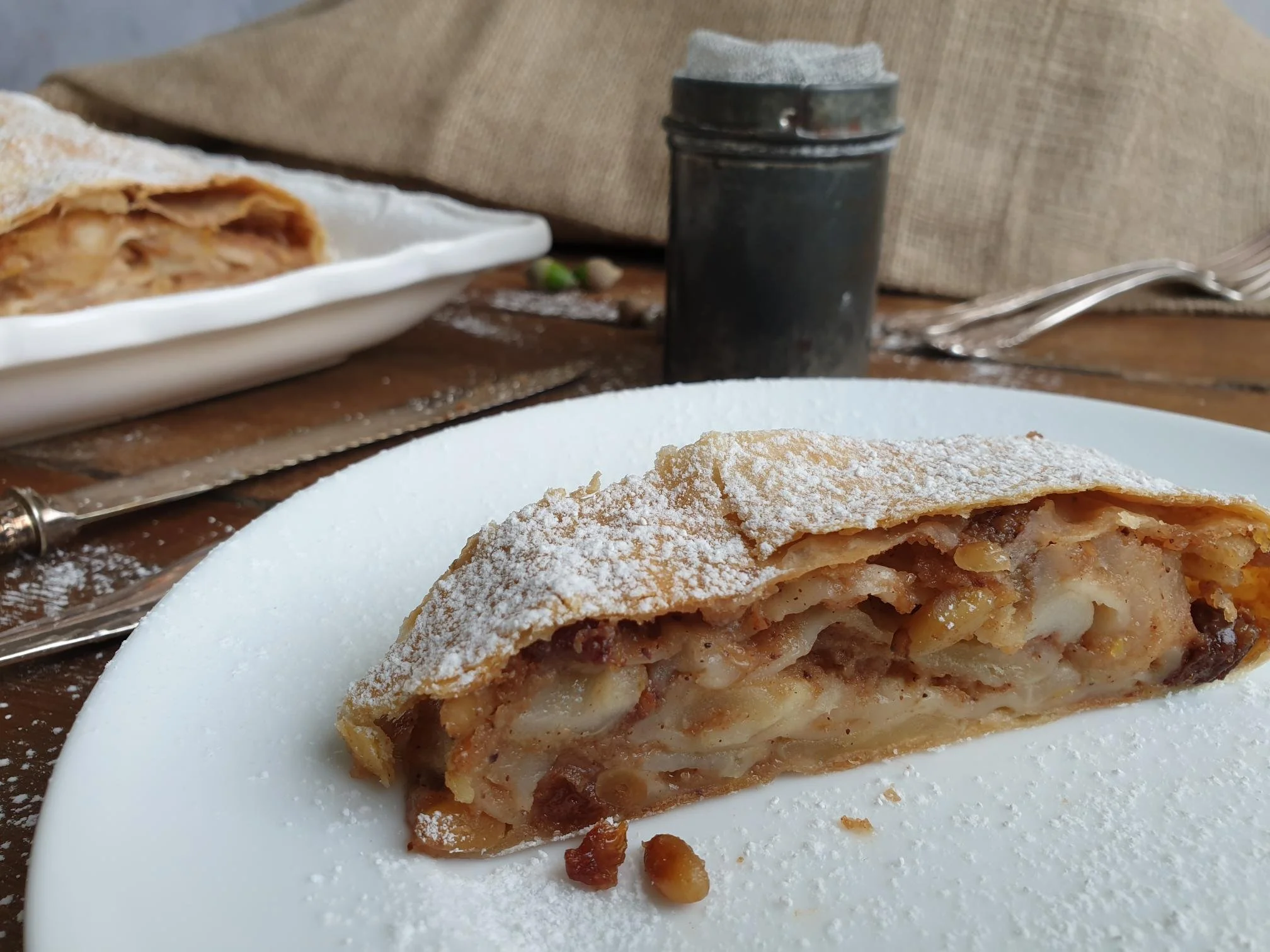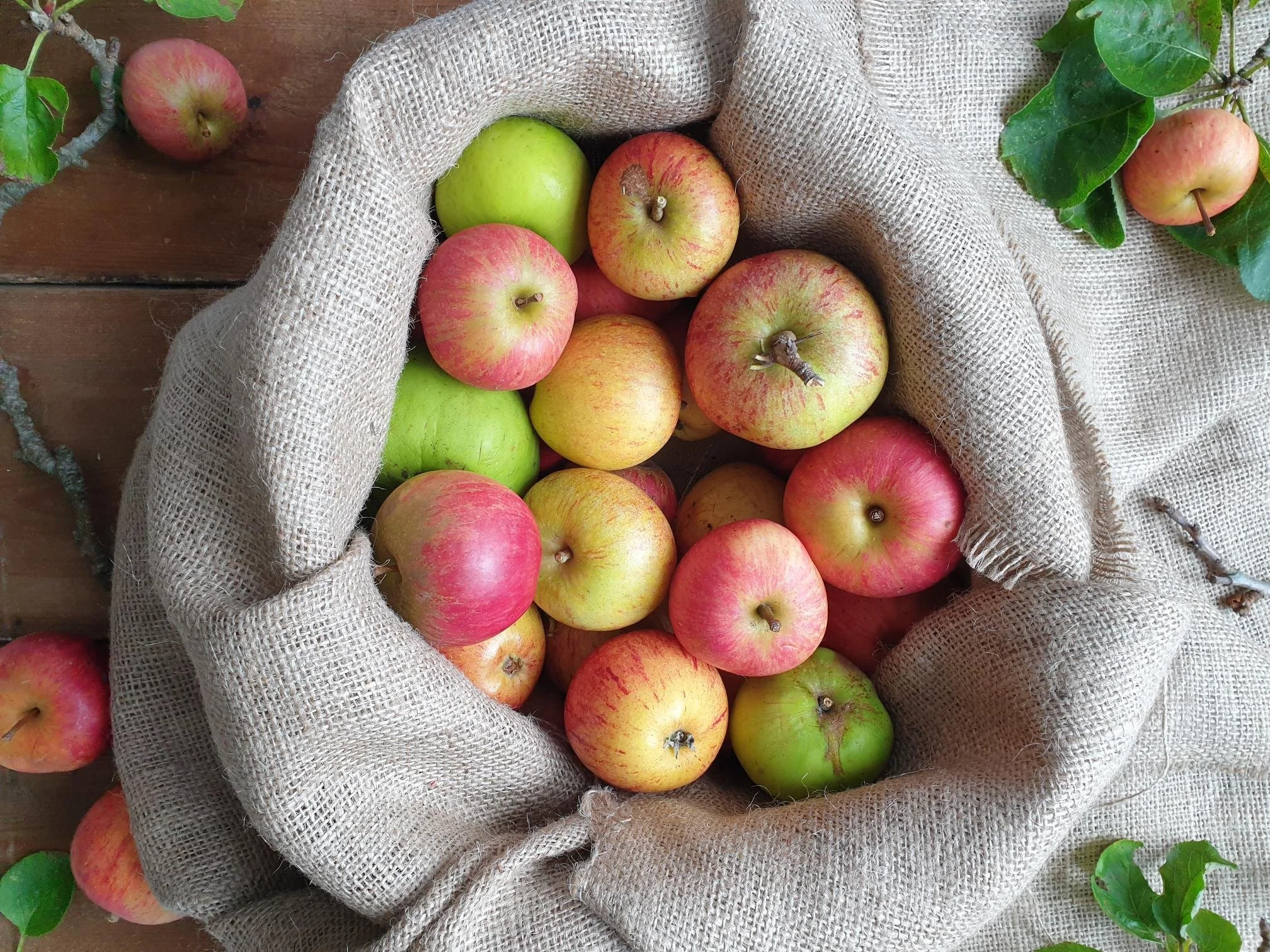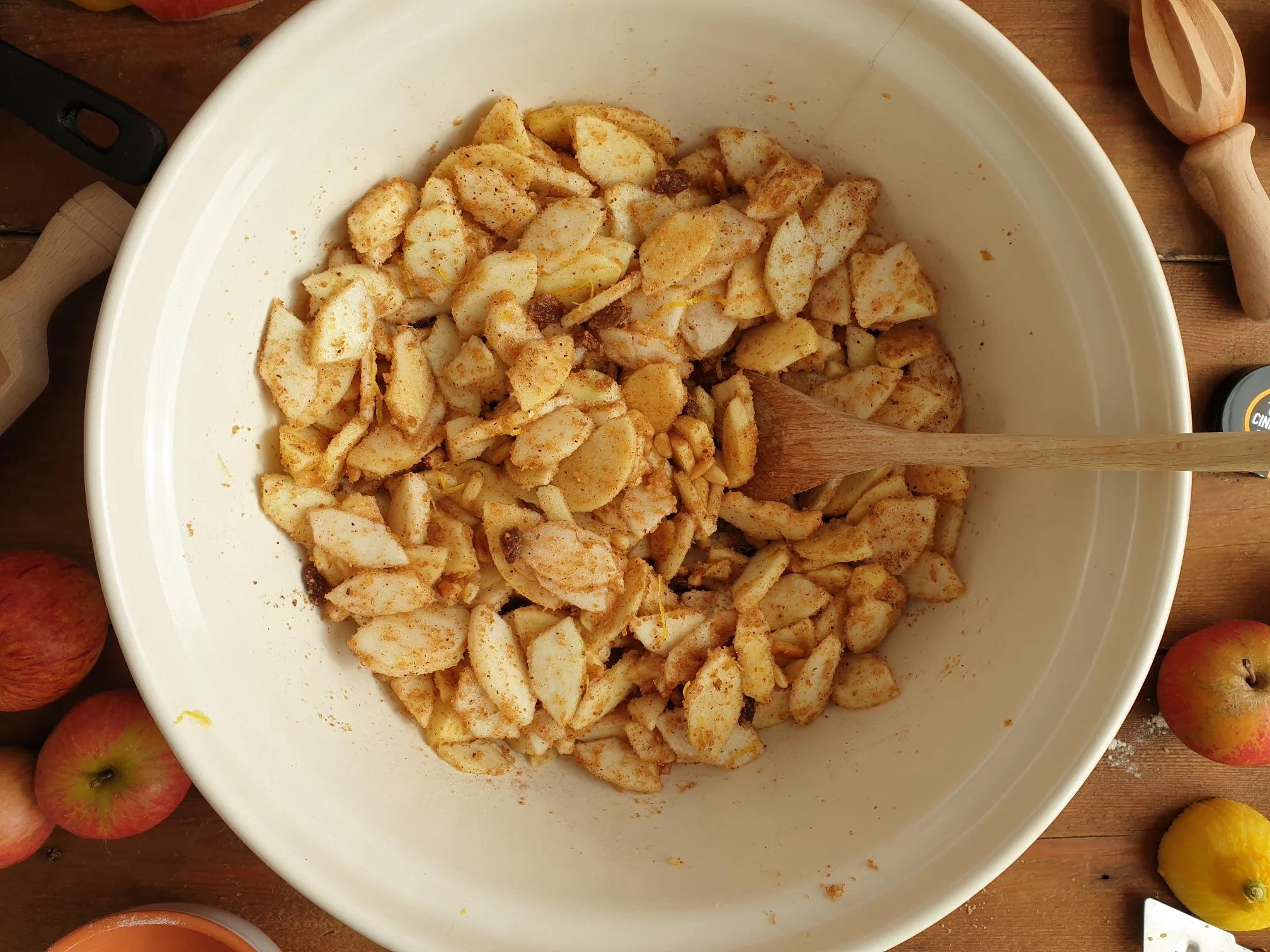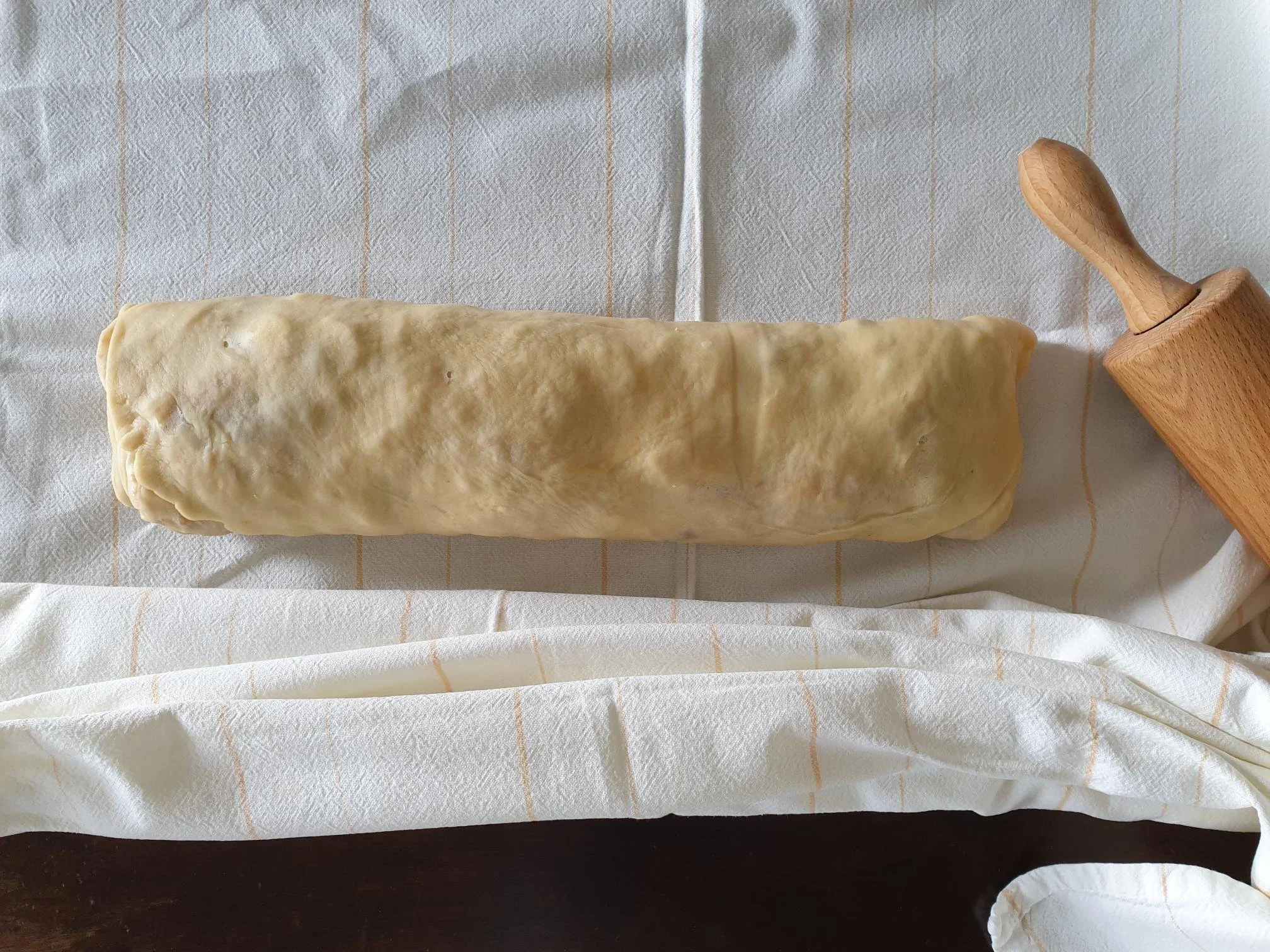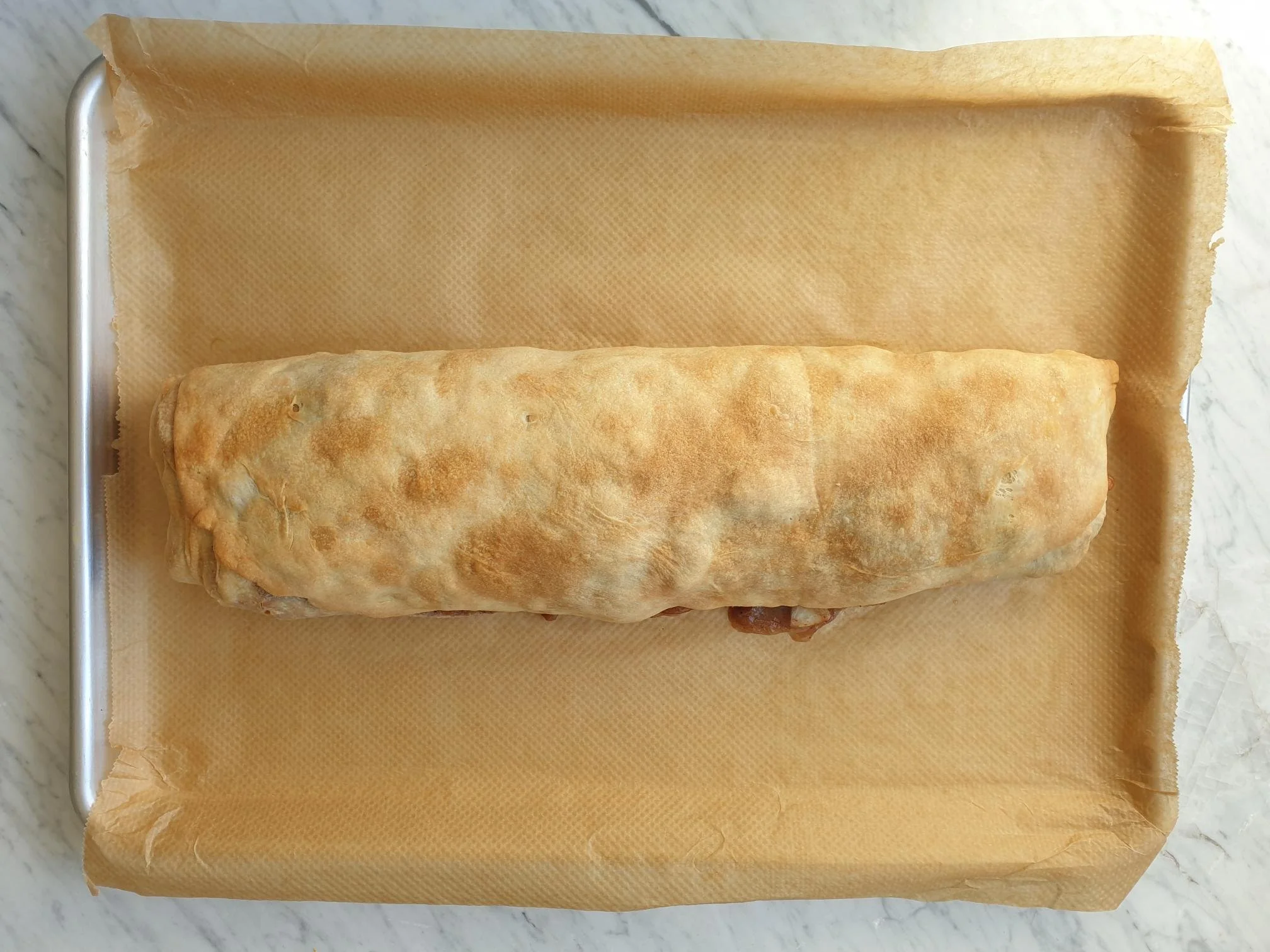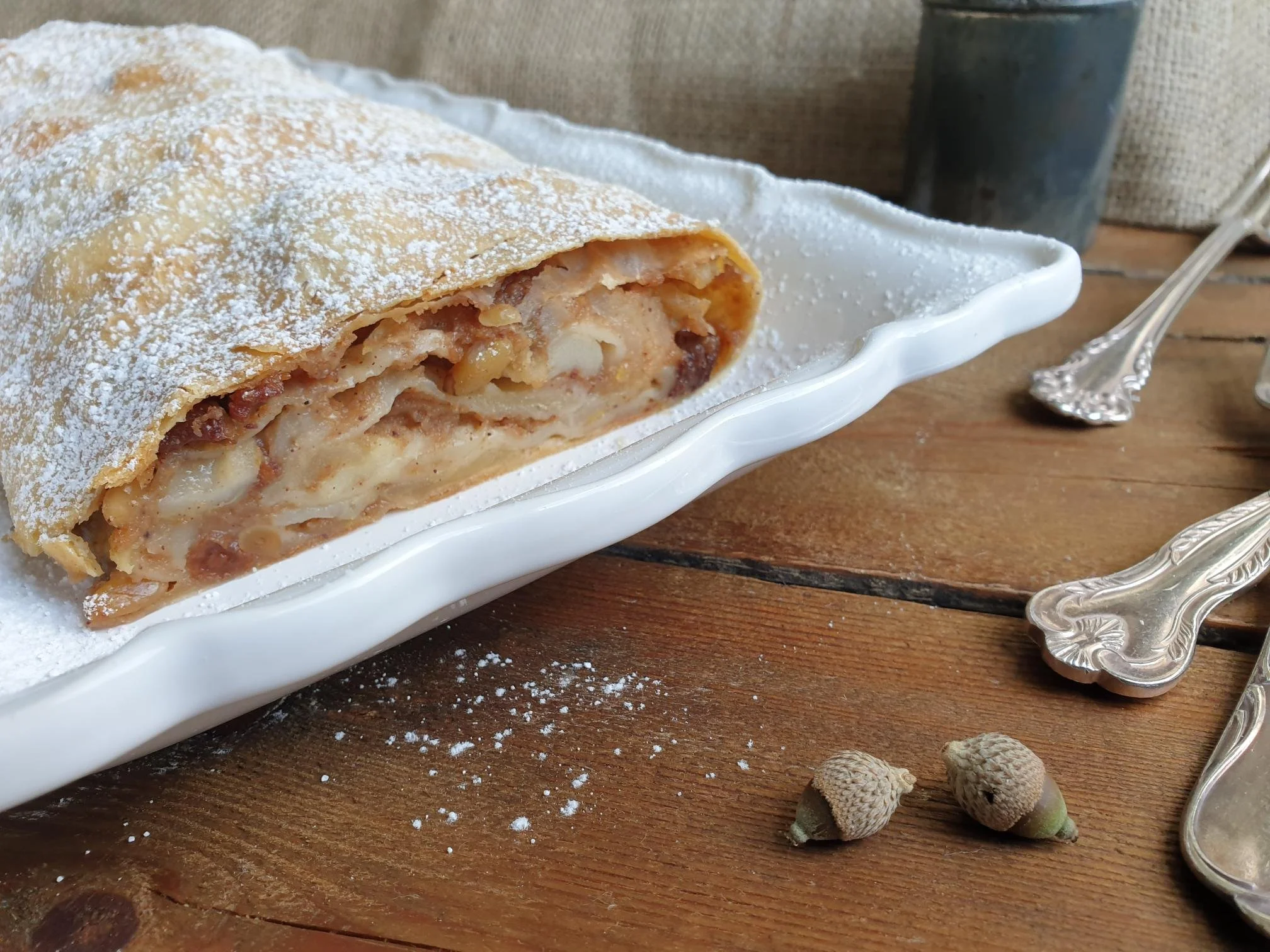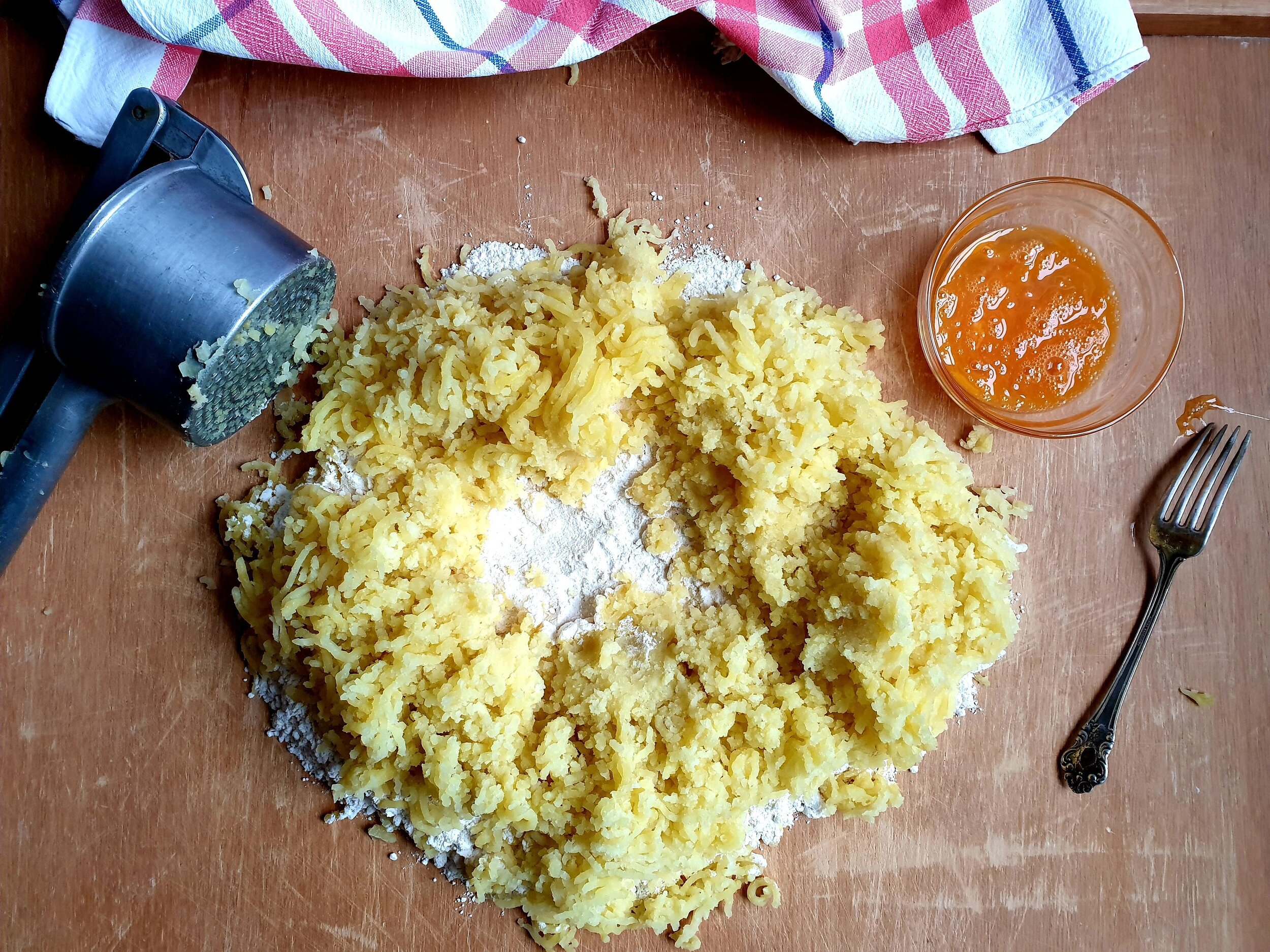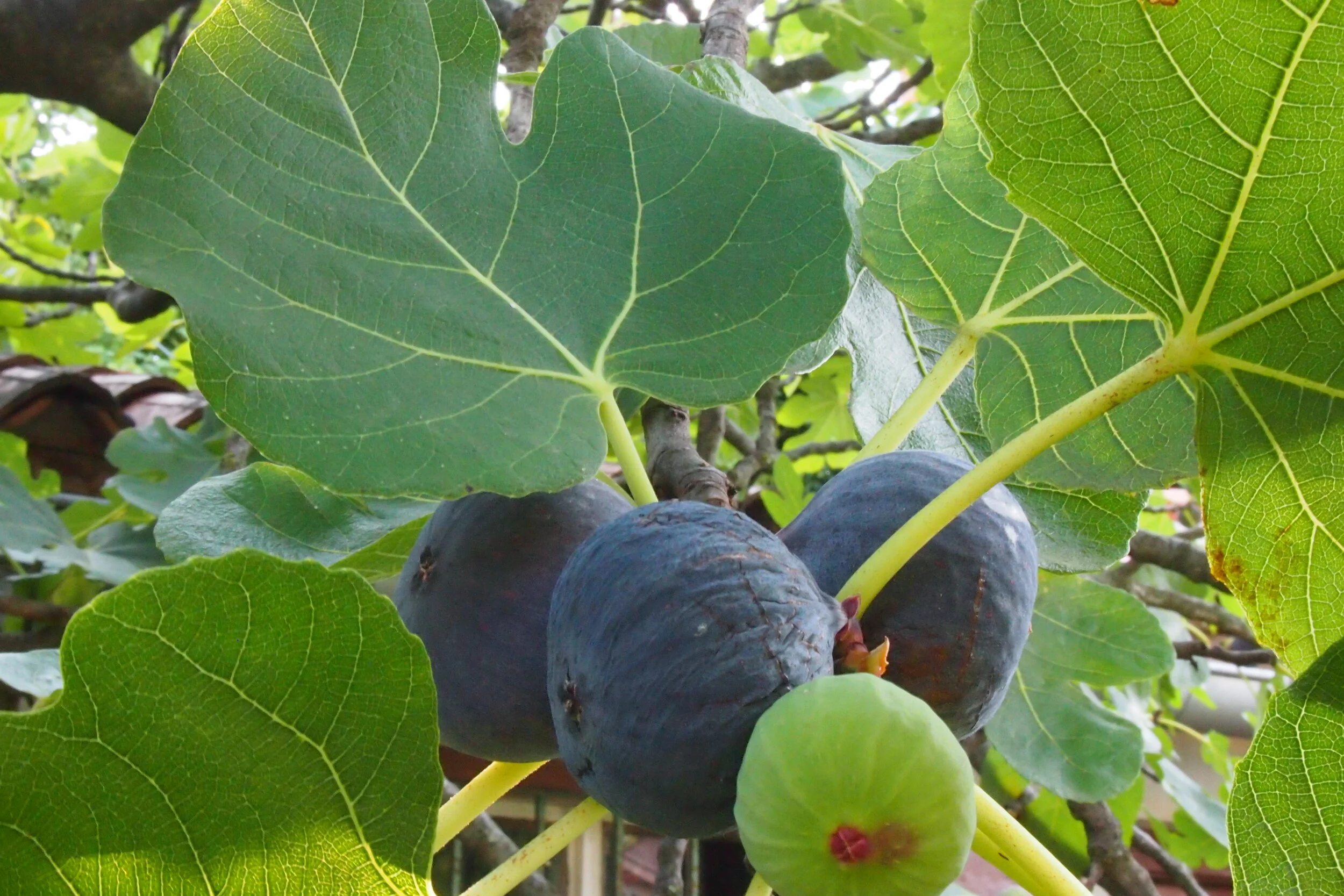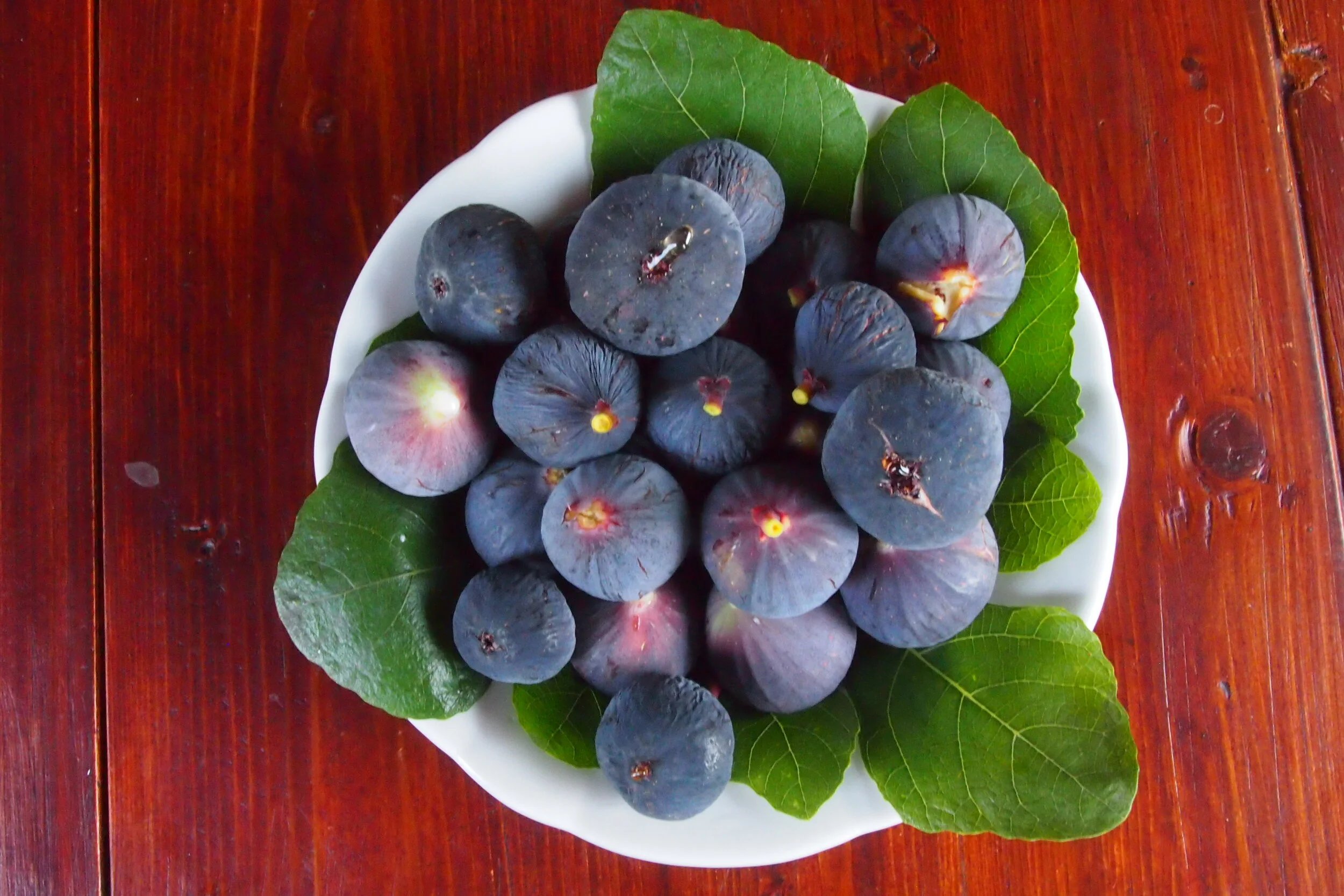Braised Cuttlefish Recipe
Braised cuttlefish is a simple, comforting and rustic dish, and it uses only few ingredients. The cuttlefish is slow cooked in a light tomato sauce with white wine to the point of becoming so tender that the cuttlefish almost melts into your mouth and you hardly need a knife to cut it. It is very easy to prepare and a fantastic recipe if you want to make a seafood based meal ahead of time. Cuttlefish stew is a staple dish in Venice and a real delicacy, famous in particular for being cooked in its black ink.
Cuttlefish are plentiful in British waters but the majority are sent to the continent where there is a high demand, and it is greatly appreciated.
Braised cuttlefish is a dish that is prepared in particular in coastal towns and villages in Slovenian Istra, since there is a cuttlefish habitat along the Adriatic coast. The tides push the fish towards the sandy shallows where it becomes an easy catch for the fishermen.
Braised cuttlefish play an important role in the local gastronomy and the locals are very grateful to the Venetians to have “left behind” this aspect of the marine and coastal ecology, given the very lengthy and strong presence of the Venetian Republic in the territory. Cuttlefish is not as frequently found in local restaurants as one might expect, although it is one of the most loved meals in the family.
If you have never had cuttlefish before or had it but were put off for whatever reason, try my nona's family recipe, you might just change your mind. If you are worried about handling fresh cuttlefish, fishmongers in general, will be more than happy to prepare the cuttlefish for you, they will clean all the ink off the cuttlefish, remove the skin and wash thoroughly the tentacles.
All you will be left with is beautifully cleaned cuttlefish that only needs to be cut into bite size pieces or strips, easy!
Ingredients
Serves 4
5 Tbsp extra virgin olive oil
1 onion (about 130g), finely chopped
1 clove garlic, peeled and crushed
handful of fresh flat leaf parsley, stalks included (about 10g), finely chopped, plus some extra when serving
1 kg (roughly) cuttlefish, cleaned and cut into bite size pieces or strips. Already cleaned frozen cuttlefish as a alternative works well for this recipe
100 ml white wine
300 ml water
2 Tbsp tomato purée
sea salt
finely ground black pepper
red chilli, a tiny bit, optional
Method
Put extra virgin olive oil in a pan or casserole dish, add finely chopped onion, crushed garlic, generous pinch of sea salt and fry gently until soft and lightly golden in colour.
Add finely chopped fresh parsley and mix together with fried onions and garlic.
Add the cuttlefish and fry further for about 2 minutes.
Cuttlefish will start turning whitish in colour and release liquid.
Add white wine, allow it to evaporate and reduce roughly by half.
Add tomato purée, water, sea salt and black pepper and stir together to combine. Bring to boil.
Turn down the heat, partially cover with the lid and gently simmer for about 45minute to 1 hour, stirring occasionally. By this time the cuttlefish should be really very tender when you insert the fork into it. The final texture of the sauce should be velvety and thick and not too runny when you spoon it onto serving plates.
If the sauce is too thick add a little a bit of water to dilute it slightly, on the contrary, if the sauce is too runny and watery in consistency, cook further until the sauce thickens a bit.
Adjust the seasoning with sea salt and black pepper.
Sprinkle with some roughly chopped fresh parsley and serve hot with crusty bread, white or yellow polenta, soft cooked or grilled, or some boiled potatoes or cooked rice.
Just a thought
Braised cuttlefish can also be used as a base for making risotto or tossed with egg based fresh pasta.
Store in the fridge in an airtight container for no longer than two day suitable for freezing.
The traditional recipe does not call for red chilli but adding a tiny bit gives this dish a real nice kick without overpowering the “sweetness” of the cuttlefish.
Wine suggestion
"Gardelin" 2016 - Aleks Klinec

